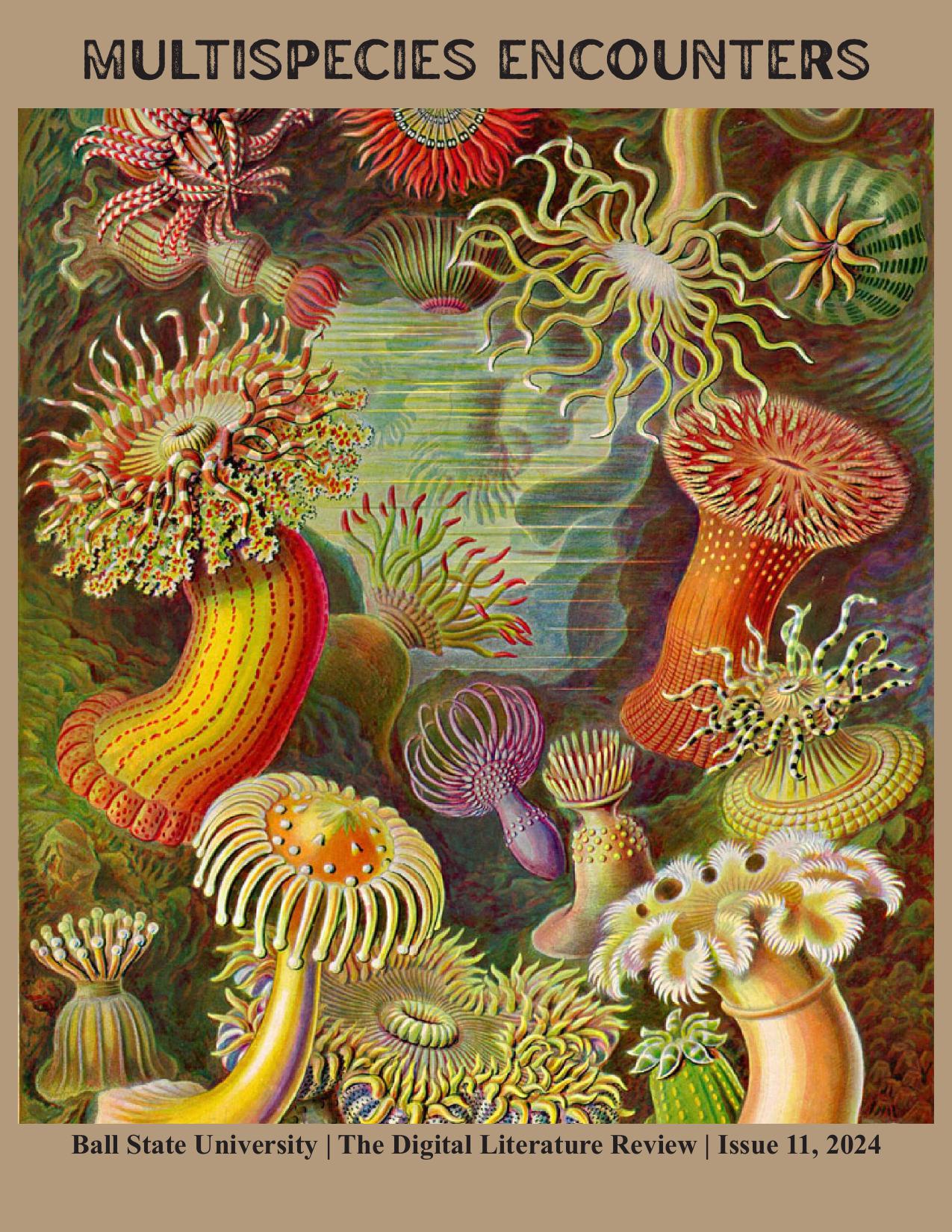Exploring Religious Animal Symbolism in Louise Erdrich’s The Plague of Doves
An Exploration of Conflicting Animal Symbolism Between the Colonizer and the Colonized
DOI:
https://doi.org/10.33043/a79zb3z77Abstract
In her 2009 novel The Plague of Doves, Louise Erdrich weaves a complex story that demonstrates the attempted erasure of Native American culture and religion through contrasting religious animal motifs. Serpents, doves, and lambs have inherent associations with biblical and some indigenous religions that, together, build a conflict that is reflected by the tension between the occupants of the reservation and by the white characters. For example, the Biblical interpretation of serpents is that they are evil spirited and essentially the embodiment of Satan; however, some religions view serpents as creatures that cast out demons. These contrasting beliefs, along with other examples in the novel, create the religious and spiritual conflict that occurs in the novel as the Native Americans are bombarded with Catholicism and other pressures to abandon their culture. Associating or assigning these animals with religious symbolism to different characters, both white and indigenous, Erdrich enriches the conversation surrounding the conversion of Native Americans to Catholicism and the separation of indigenous peoples with their families and culture by exposing the entitlement and power imbalances present between Native Americans and Westerners.
Downloads
References
“Anishinaabe Ojibwe Ways.” The Pluralism Project, Harvard University, 2020. pluralism.org/anishinaabe-ojibwe-ways.
Bonini, Rachel. “Constructing the Past: Places, Histories, and Identities in Louise Erdrich’s The Plague of Doves.” MidAmerica, vol. 42, 2015, pp. 93–108. The Midwestern Press. https://ssml.org/wp-content/uploads/2022/10/Mid-Am-2015.pdf#page=93.
Enochs, Ross. “Native Americans on the Path to the Catholic Church: Cultural Crisis and Missionary Adaptation.” U.S. Catholic Historian, vol. 27, no. 1, 2009, pp. 71–88. JSTOR, http://www.jstor.org/stable/27671175.
Gheytasi, Sajjad and Mohsen Hanif. "Louise Erdrich's Tracks: Survival or Subversion." ESC: English Studies in Canada, vol. 44 no. 1, 2017, pp. 151–166. Project MUSE, https://doi.org/10.1353/esc.2017.0044.
Goldberg, Carole. “Channeling the Past, Vibrant Characters, Lyrical Prose, Enchant in Louise Erdrich’s Latest.” Chron, 11 May 2011, www.chron.com/life/books/article/The-Plague-of-Doves-by-Louise-Erdrich-1753474.php
Harde, Roxanne. “‘He called their namesakes, the animals, from each direction’: Kinship and Animals in Indigenous Children’s Literature.” Children's Literature Association Quarterly, vol. 46, no. 3, Fall 2021, pp. 230–243. Johns Hopkins University Press, https://doi.org/10.1353/chq.2021.0034.
Lake-Thom, Robert. Spirits of the Earth: A Guide to Native American Nature Symbols, Stories, and Ceremonies. Penguin. Aug 1997. https://books.google.com/books hl=en&lr=&id=9dCIctjG1yUC&oi=fnd&pg=PT5&dq=animal+symbolism+native+american+culture&ots=IuV52sIpIT&sig=IzQVljL07CXZu99DBVwM0zzlnwE#v=onepage&q&f=false
Lewis, Orrin. “Native American Dove and Pigeon Mythology.” Native Languages of the Americas, www.native-languages.org/legends-dove.htm. Accessed 10 Dec. 2023.
Life Application Study Bible. New International Version, Zondervan Publishing House, 2007.
Madsen, Deborah L. “Discontinuous Narrative, Ojibwe Sovereignty, and the Wiindigoo Logic of Settler Colonialism: Louise Erdrich’s Marn Wolde.” Studies in American Indian Literatures, vol. 28, no. 3, 2016, pp. 23–51. JSTOR, https://doi.org/10.5250/studamerindilite.28.3.0023. “Myth of the ‘Vanishing Indian.’” The Pluralism Project, Harvard University, 2020.
pluralism.org/myth-of-the-vanishing-indian.
“Native American Population by State 2023.” Native American Population by State 2023, 2023, worldpopulationreview.com/state-rankings/native-american-population.
Sparks, Angela. “Kinship Ecology and the Bildungsroman: The Child–Animal Relationship in Louise Erdrich’s The Birchbark House series.” Textual Practice, vol. 36, no. 3, 2022, pp. 404–421, Taylor and Francis Group, doi: 10.1080/0950236X.2022.2030117.
Vizenor, Gerald. “Authored Animals: Creature Tropes in Native American Fiction.” Social Research, vol. 62, no. 3, 1995, pp. 661–683. The Johns Hopkins University Press. https://www.jstor.org/stable/40971113.
Downloads
Published
How to Cite
Issue
Section
License
Copyright (c) 2024 Digital Literature Review

This work is licensed under a Creative Commons Attribution-NonCommercial-NoDerivatives 4.0 International License.



